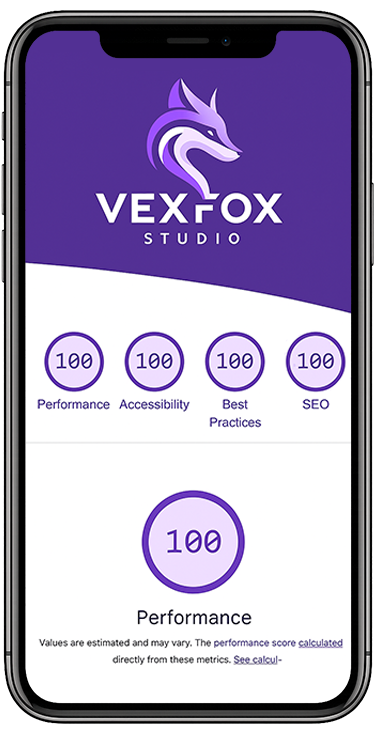What technology is it based on?
The application is a custom-developed webshop built with PHP 8.4 and running in a Debian 12 server environment.

During a personal or online meeting, we will define the main characteristics of Responsive Web Design together.
From a comprehensive template library, we select the design, color scheme, and functions that best suit your needs.
Based on the chosen template, we create a unique, professional design according to the preliminary discussions.
The completed design is integrated into your customized VexFox framework.
We upload the texts, images, and subpages of the site. You can also edit the content anytime through the admin interface.
In a password-protected test environment, we thoroughly check the website’s functionality and validate compatibility and quality with various tools.
After testing, we launch the website, which will appear in Google search results within a few days.
Even after Responsive Web Design, you can rely on us: for questions, modifications, or any kind of support, we are always at your service.

The application is a custom-developed webshop built with PHP 8.4 and running in a Debian 12 server environment.
The system runs on a Debian 12 Linux environment with Apache 2.4 web server, using stable and optimized configurations.
The Debian 12–based server uses continuously updated security packages. Alongside the Apache web server, a firewall, intrusion detection system, and multi-layered access protection ensure stable and secure operation.
We use cookies to personalize content and ads, provide social functions, and analyze our website traffic. We also share information about your website usage with our social media, advertising and analytics partners, who may combine the information with other information you have provided to them or collected from other services you use.